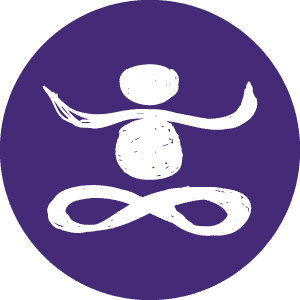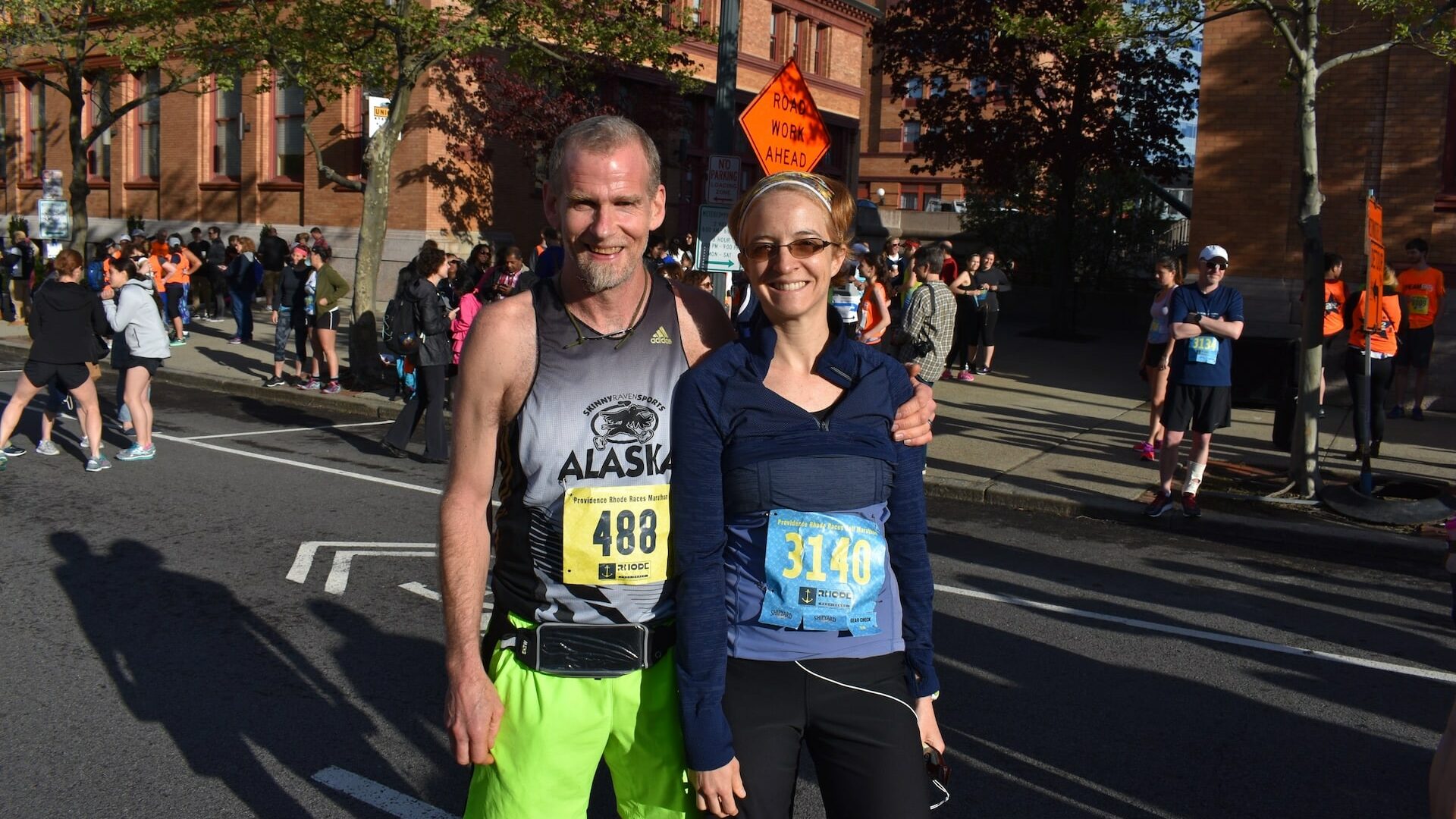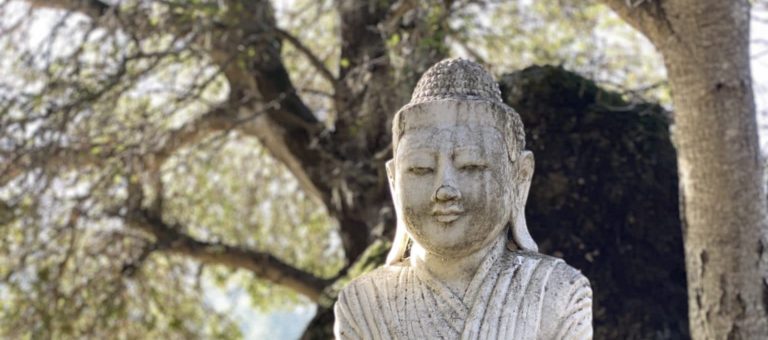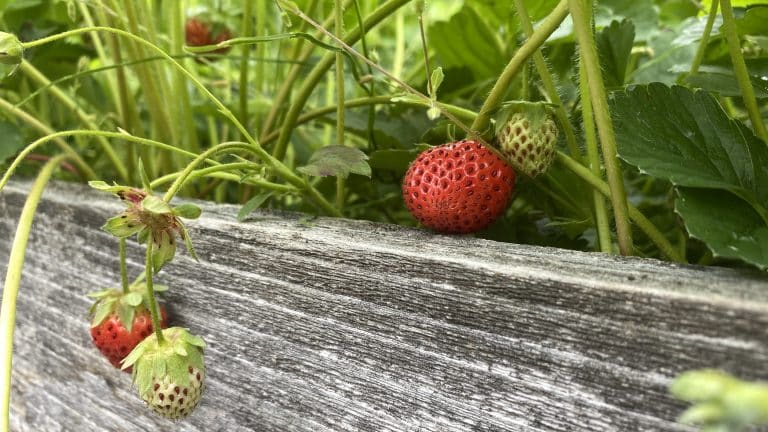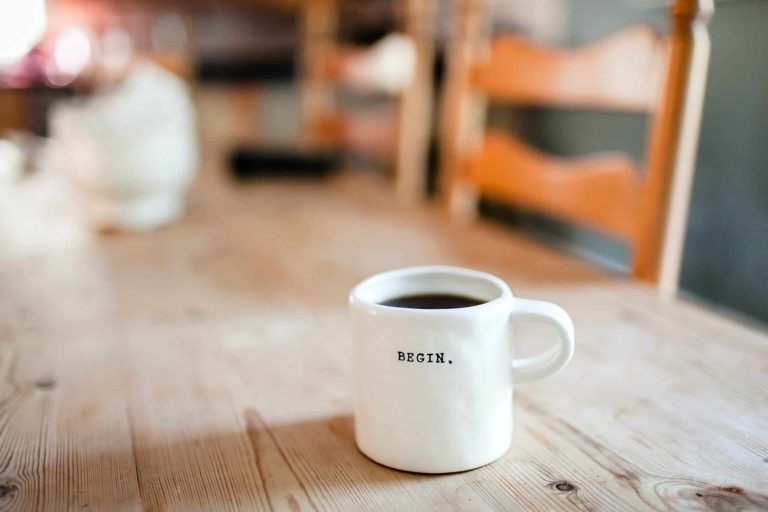8 limbs of yoga for runners offers many pathways for practice. Yoga for runners has been a thing for a long time. Runners and yogis have a lot in common but the eight limbs of yoga might be new to those who equate yoga with stretching. This yoga for runners connection runs a little deeper.
The body, breath, mind, and spirit together evoke a strong sense of presence when we’re engaged like this. The connections are there. The awareness isn’t always. That can be equally true when we’re on the mat or on the trail. Here is our opportunity. I’m going to walk us through all eight limbs of yoga to see what we can find to help support our practices.
First, since this is a yoga site and I’m a yoga professional, I’d like to say a little bit more about running and what qualifies.
If you lace up your shoes (or go barefoot) and bounce down any length path for any period of time, you’re a runner. The bounce, or springiness of the gait can make running feel like flying. The force of gravity and the weight of the world can make running feel like crawling.
If you want to be a runner, start walking just for the sake of walking (no doubt you’re already walking to get from place to place.) Give yourself several weeks to work out the kinks, especially if this is brand new or if it’s been a while. You’ll need to figure out how far or how long to go, what to wear, what time of day works, what’s the best route, etc…
Inflammation caused by overexertion may take 24-36 hours to show up so you might want to stagger your walks to give your body a chance to give you feedback. Once you’ve established a good walking practice start adding like bursts of bounce. You can just aim for a spot on the sidewalk or a tree up ahead and “run” until you get there. Then walk again…
An interval timer is a very handy tool to help structure your effort. I started using one after I had back surgery and I never went back, I don’t think I ever will! The physiological and psychological benefits of run/walk or fast/slow intervals are too powerful to give up now!
For more support or structure to help connect you to your running nature find a coach, a team, an event, a buddy, and/or a training program. It took me YEARS to put this all together and I still have less that 100% confidence in my running nature… but, I persist and I’m so the better for it!
Ok, enough about running for the moment. You probably already identify enough with your running nature if you’re reading this article! When in doubt… go back to the beginning.
8 Limbs of Yoga for Runners
Yoga literally means “to connect.” The practice of yoga is a way to enhance our awareness of connections. This applies to everything. We can practice realizing the connection between our big toe and our sternum (as famously described by BKS Iyengar.) We can also practice yoga by exploring the connection between cause and effect, thoughts and feelings, me and you. The Eight Limbs of Yoga as outlined by the sage Patanjali offer us many different doorways by which we might enter into the bliss that true belonging. I will outline them below.
- Relationships (Yama)
- How do we relate and how should we relate? This is the question that the first limb of yoga address. The short answer is: non-violently. Race directors always ask us to stay on the trail as to not damage it. Runners who are kind, friendly, and thoughtful have the best experiences on the course. We see incredible examples of this kind of supportive behavior at every event. BE that runner, that yogi, that person whenever possible. When impossible, pause.
- Self-care (Niyama)
- How do we relate and how should we take care of our selves? This is the question that the second limb of yoga addresses. We should be clear and regularly practicing cleansing rituals. This applies to the clutter that can clog the mind, the body, and environment. We should be disciplined students of our own experience and devoted to our highest potential. This can include gathering both quantitative and qualitative data. A commitment to a training plan (that includes runs, walks, cross training, rest, meditation, posture practice, time alone, time in community, etc..) will give you a LOT of information when you compare your strategy to your experience.
- Posture (Asana)
- Yoga postures encourage balance and reveal opportunity. They move joints through their whole range of movement and show us where habits may be limiting. Activities like running that repeat the same movement over and over again can wear out our joints if we don’t support them in other ways. Postures that move joints in ways other than they move while running are especially helpful. Think triangle pose, star pose, squat, arms up overhead, backbends. Good alignment is also essential to longevity in running. An upright posture is achieved with a strong back and core. Backbends are the key!
- Breath control (Pranayama)
- Yoga for runners can probably be best condensed with an understanding and application of this, the fourth of the eight limbs of yoga. Breath is recognized in both the East and the West as our life force. When it is labored, we suffer. When we are fit and confident, we “breathe ease.” In yoga we focus on breathing through the nose. It is the organ perfectly designed to filter, warm, and humidify air as it enters our body. Breathing through the nose is explored in detail in James Nestor’s recent book: Breath: The New Science of a Lost Art, which I highly recommend. If you can’t (breathe through your nose) you should proceed very carefully. Runners, walk.
- Sense control (Pratyahara)
- This is the next step after mindfulness practice with which you might already be familiar. Here’s a link to our Foundations of Mindfulness course if you’d like to learn more: Foundations of Mindfulness Online Course. Once we are familiar with the ability to direct attention towards each of our senses, then, we can also practice withdrawing attention from them. This allows us to harness available energy to direct towards what is most important. We include “thinking” as a sense for this practice. Some people run in order to listen to their thoughts… the risk here is that you might miss an important communication from your body. If you are used to being highly stimulated, try minimizing the sensory input once in a while.
- Concentration (Dharna)
- Maybe you are starting to appreciate the progression of practice through these limbs. Once our presence is well-established in our practice, we might find that we are able to concentrate more easily. You may choose a word or phrase, a sense, or a song… I don’t know one runner who has run any significant distance who hasn’t used this technique quite instinctively! You might concentrate on your footfall, your breath, or your sense of smell. This limb of yoga is sometime referred to metaphorically as the flower of the yoga tree. You may find simple beautiful experiences within its structure. What you choose to concentrate on is not so important, however, you might want to choose something pleasant.
- Meditation (Dhyana)
- There is an effortlessness that comes when the practices become well established. This might happen relatively quickly if the six preceding limbs are practiced sincerely and consistently. When there is a tremendous effort required “to meditate” it is likely that something was missed along the way. Please return to the first limb and move steadily through them. Many claim that running is meditation. This may be true for those for whom the practice is as effortless as breathing. For the rest of us… meditation requires stillness.
- Bliss (Samadhi)
- Here is the seed of the metaphorical yoga tree’s fruit. It is not so much a practice in itself but a potential. It is the bliss of true belonging. It a pervasive awareness of the interconnectedness of all beings and our shared, infinite capacity. There are moments of absorption that we will glimpse along our way. Learn to look for them, come to expect them.
Runner, yogi, geek, jock, woman, man, Republican, Democrat…. whatever identities you claim, you can use the limbs of yoga to find more ease, more confidence, more compassion, and more bliss! There are lots of reasons why I’ve chosen yogi and runner as identities that I aspire to emulate. Many of the people who inspire me have too. This is yoga.
